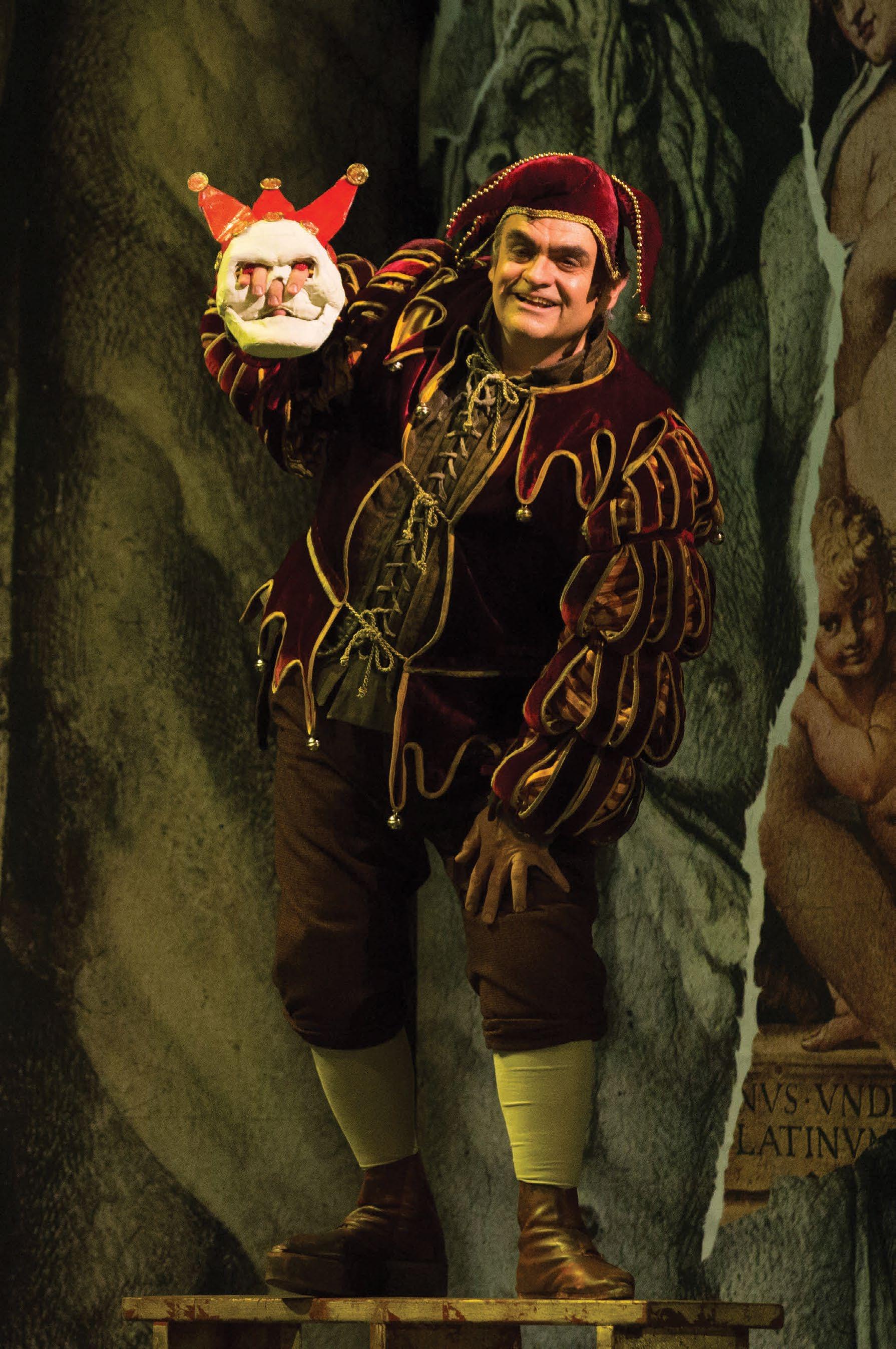
1 minute read
BEFORE THE PX
Before the PX…there were cantinières— canteen girls like Marie, who survived the privations of war by meeting soldiers’ needs for merchandise and services they could get no other way. Camp-followers of this kind are probably as old as war itself; Bertolt Brecht’s “Mother Courage” is a character based on a historical camp-follower from about 1670. The value of this kind of civilian entrepreneurship to the to the military was officially recognized In France in the 18th Century. The official term vivandière was replaced by cantinière in 1793, giving rise to the Anglicized term “canteen girl”. Such terms were used interchangeably in France as well as in Spain, Italy and the U.S. through the 19th Century.
Photos of French cantinières in the Crimean War from the 1850s show attractive young women in chic-looking uniforms with fitted bodices and rows of bright buttons. Marie’s English cousin aboard the HMS Pinafore is “Little Buttercup,” usually costumed in a fullskirted dress and apron (and described by her love-interest, Captain Corcoran, as “pleasantly plump”). Despite the innocent winsomeness of both characters, the question of “fraternization” with the soldiers shadowed cantinières, as we see in the final moments of The Daughter of the Regiment—when Marie’s past as a cantinière proves shocking to the guests assembled for her wedding. In the end, love triumphs over snobbishness, in part because the Marquise herself has a past… leaving us to wonder whether she will belatedly find happiness with Marie’s father figure, Sergeant Sulpice!


MARCH 11–19, 2023
JANET QUINNEY LAWSON CAPITOL THEATRE







